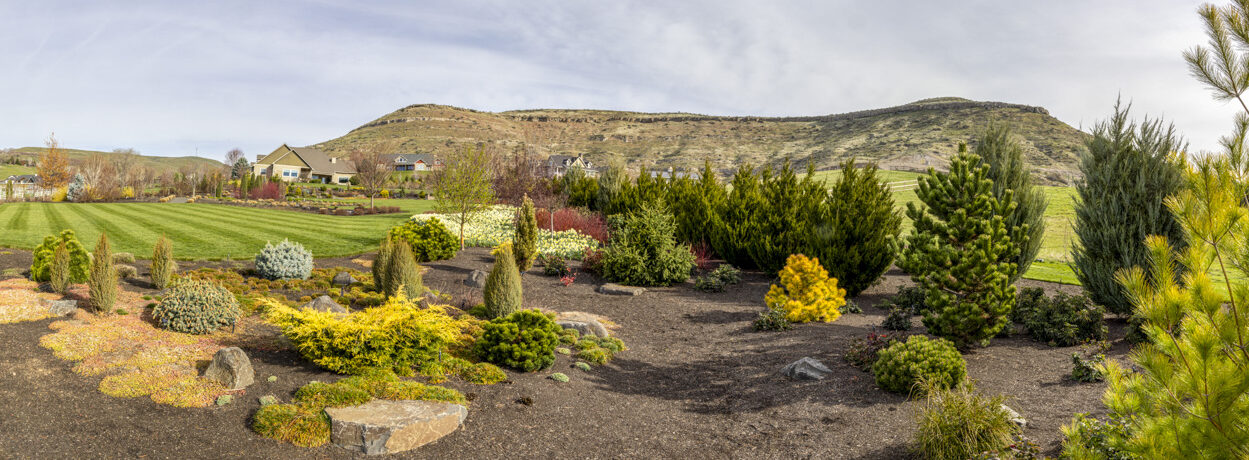
The Badlands National Park, South Dakota
The Badlands were formed by a series of depositions and then erosion. Seventy-five million years ago, the area what is now the Badlands was a part of an inland sea extending from the Gulf of Mexico to the North Pole. The lowest levels are sea bed depositions. From 75 to 45million years ago, plate movement gradually forced up the Rocky Mountains and created a depression which is now the Badlands. During this period, erosion from the raising mountains and volcanic action deposited various layers of material in the depression. Starting about 500,000 years ago the Cheyenne and White Rivers carved out the deep valleys through the area. Torrential rain storms and wind have been eroding the area at a rate of one inch per year.















